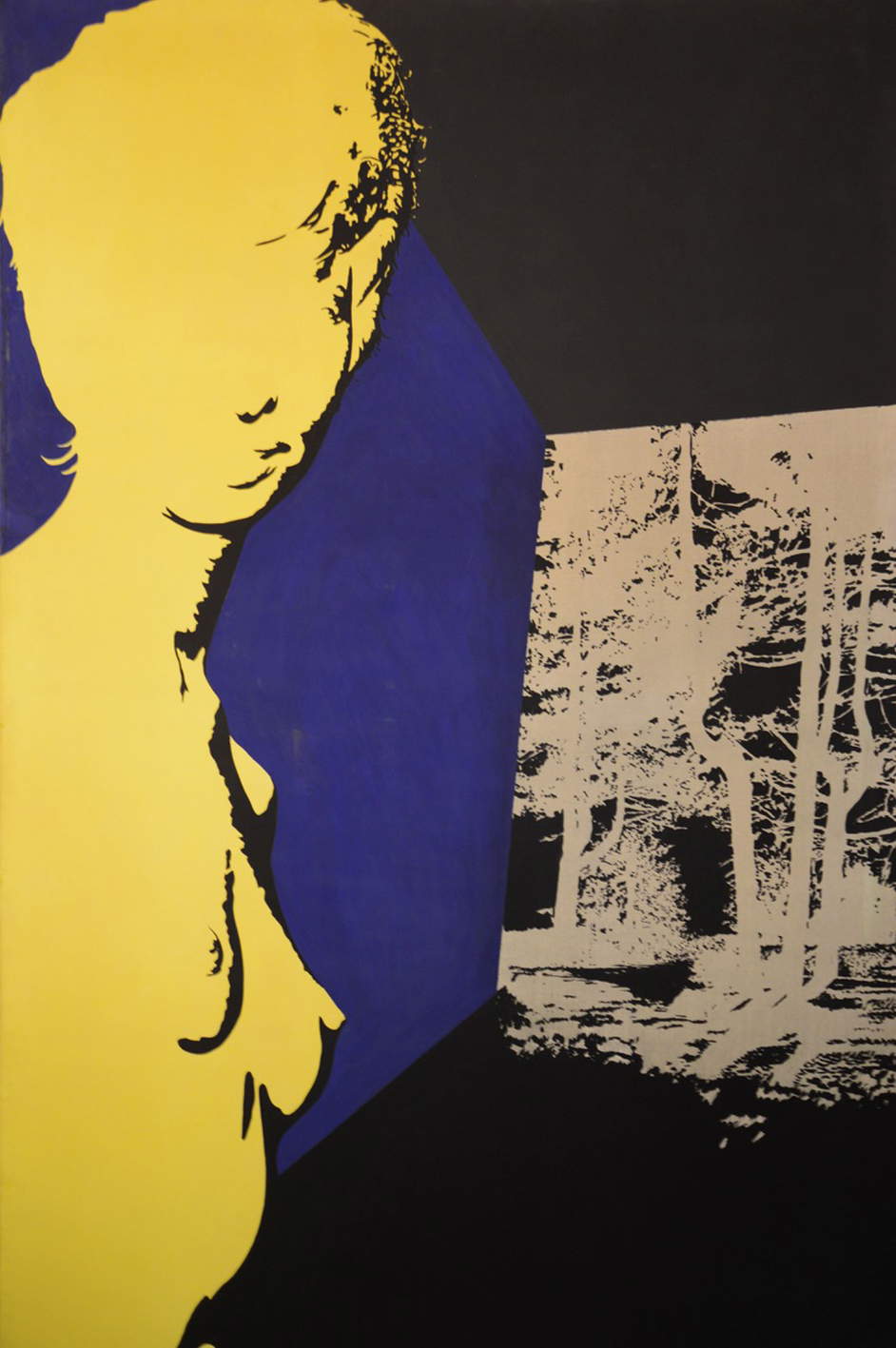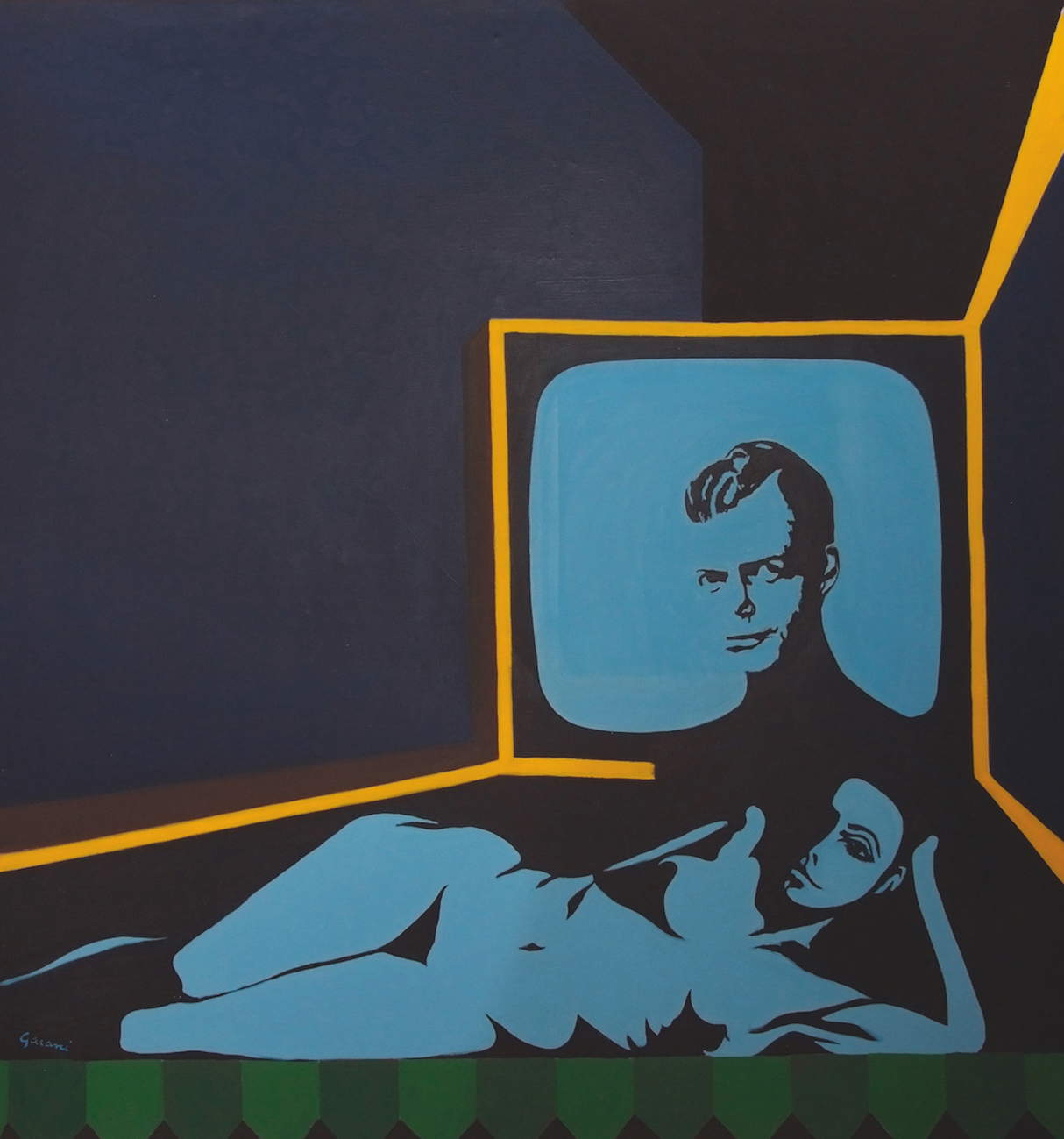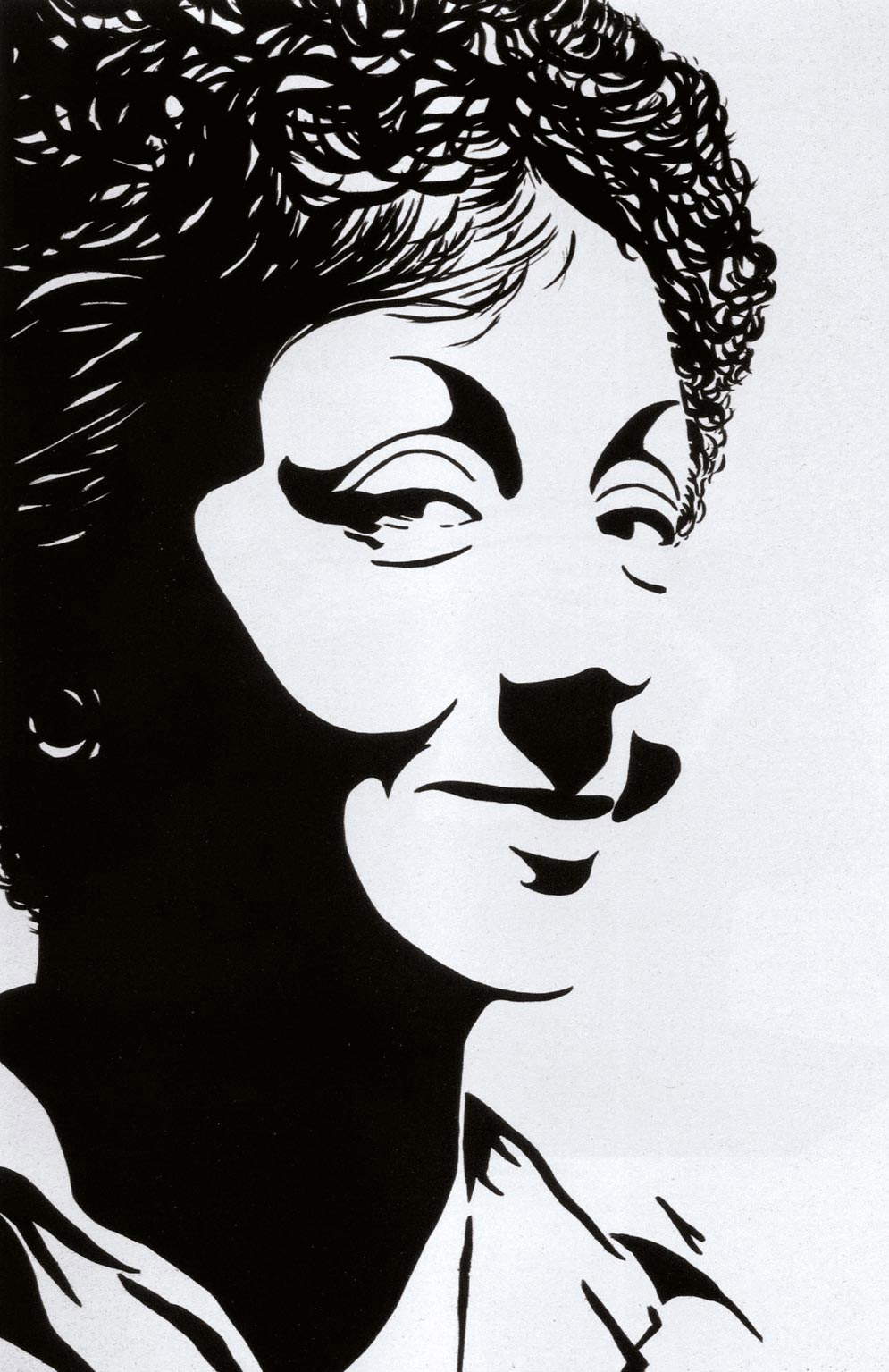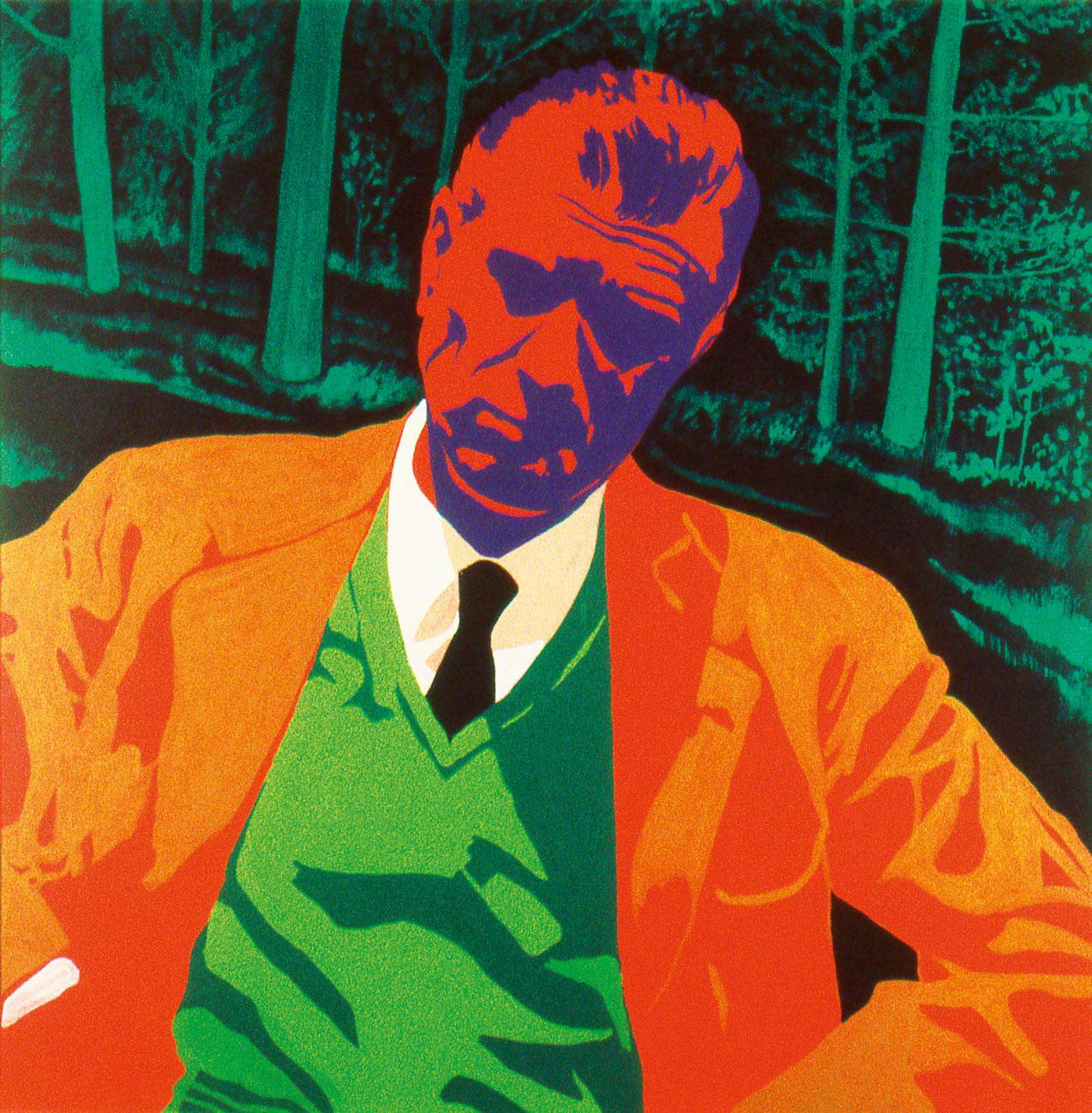I do not know of any relative who, more than Angela Zanotti, widow of Carlo Gajani, has remained more attached and devoted to the memory of her relative, even to the point of coming out of a wealthy apartment in the center of Bologna to make it the headquarters of a foundation dedicated to her husband’s sacred name. Other widows, and even children, have hastened to get rid of their artist’s works, or have attempted to derive some fruit, even pecuniary. So much devotion induces our Angela not to fail to commemorate the tenth anniversary of Carlo’s death with a review summarizing his work, hosted in the beautiful premises of the Liceo Arcangeli, formerly Istituto darte, from which so many talented Bolognese emerged. I, for my part, have never failed to provide attestations of the profound esteem and friendship that bound me to Carlo, so on this occasion it is easy for me to draw up a summary of the many previous interventions. Recalling, at the outset, that medical profession that on Ours did not fail to print some traces, shrouded in a process that we might say of love-hate, so much so as to induce him to cast it to the nettles, except then to take advantage of it to obtain, at the Academy of Fine Arts in Bologna, a teaching post in anatomy.
But at the outset Charles had nurtured some confidence in the tools of his trade, so much so that he pushed them to dives into our most secret physical, glandular, intestinal apparatus. This was in a fine series of etchings in which our artist, as if boarded a miniaturized submarine, conducted investigations into our bodily secrets, but soon he had resurfaced, and embraced the myth of Narcissus mirroring himself at the source, given, this, in our time, by photography, a tool that allowed the artist to cultivate some contrasting aspects, no doubt narcissism, investigating deeply into his own features, but immediately joined by the call of eros. Indeed, the female nude appeared, pressed, expanded in that faithful mirror.
 |
| Carlo Gajani, Self-Portrait (1965-1966; acrylic and tempera on canvas, 80 x 80 cm) |
 |
| Carlo Gajani, Untitled (1969; acrylic on canvas, 280 x 180 cm) |
 |
| Carlo Gajani, Are you looking at us |
 |
| Carlo Gajani, The Smit couple (1965; acrylic and tempera on canvas, 150 x 140 cm) |
Perhaps one can also speak of the fatal eros-thanatos couple, in that the female images, or the artist’s own faces, were heavily hemmed in by dark backgrounds, against which, however, contrasted glimpses of bright chromaticism, marked by the colors of the chromolithographic spectrum. Of course, it is urgent to recall, for similar procedures, the mighty influence of a distant and present idol at the same time, Andy Warhol, which also leads us to talk about Pop Art, a phenomenon that has not had much hospitality, here in Bologna, if we except the cases of Concetto Pozzati, intent, in the memory of a talent inherited from his father and uncle, on compiling aggressive advertising acronyms; or Piero Manai, who in his early days offered us a panorama of precise, pointed, almost lacerating tools.
Carlo brilliantly combined the use of the photographic tool with agile, sharp, ingenious scissor work. From the photographic carryover he cut out flaps, areas, surface features, as if they were ingenious, enigmatic Chinese shadows. These wide flaps subtracted from living bodies, and accumulated almost on the table of an industre tailor, were then reassembled, embedded in each other, and entrusted to an alternating play between dombra zones, raven blacks, and instead sudden bursts of light. Such a technique allowed Gajani to give us an extraordinary gallery of famous people by whom Bolognese cultural life has been dominated since the 1970s, whether they came from outside, as in the case of Arbasino, Moravia, Pasolini, or were well embedded in our domestic scene, as in the case of Zangheri, or Bartoli, or Bonfiglioli.
Artists, critics, writers, gallery owners entered this pantheon, drafted in large formats, almost as if they could be hung as murals, as solemn epigraphs in which the quotidian blended well with the monumental. But probably the boldest step was taken shortly thereafter by Charles, not without causing embarrassment and bewilderment, even among the small group of his supporters, starting with myself. In fact, at one point we saw him renounce his broadly pitched layout of portraits and other images in a confident occupation of the surface, turning instead to breaking up the interventions, almost recovering a technique that might have seemed by then to have been entirely entrusted to history, such as the Divisionism of Seurat and companions. In retrospect, however, we understood how much intelligence, how much prescience was inherent in that move of his. He had understood that the age of the photograph made with the help of chemistry, by impressing vast tracts of surface, was coming to an end, the word was passing right over to the minimal units birthed by electronic impulses, by pixels, by that rarefied, discontinuous, but dense, paroxysmal texture to which our images are now entrusted almost entirely.
 |
| Carlo Gajani, Angela Gajani (1987; acrylic and tempera on canvas, 100 x 80 cm) |
 |
| Carlo Gajani, Franco Bartoli (1966; acrylic and tempera on canvas, 100 x 80 cm) |
 |
| Carlo Gajani, Giancarlo Cavalli (1967; acrylic and tempera on canvas, 100 x 100 cm) |
After all, Carlo was well aware that in that revival of a technique now entrusted to history was connected with a recourse to the past, in fact that new strategy made of rarefied, almost impalpable touches, served him to bring down from the attic of memory many memories and family secrets, starting with the very playthings of his childhood. It was not, however, a final divorce from the good and normal photographic technique; Carlo resumed slinging some valuable apparatus from that family, and indeed he gave himself, in the latter stages of his career, to an almost exclusive exercise of this kind. We had the phase devoted to New York, seen by him as lesser taken prisoner in an Ariostoesque Castle of Armida, in a labyrinth of mirrors and reflections, that he no longer knew how to horizon, that he did not know where to find the exit.
But finally he did find it again, and he felt a deep need to return to his homeland dorigine, in some of the series that characterized his last years of activity, And it was also a return to the first time, dedicated to engraving. In fact, the photographic approach, if turned to the hills, farmhouses, and plains of our land, between the Bassa and the Apennines, was conducted, to use an engraving term, as if applying a deep morsure, which dug in, restored momentum, originality to a reflection that otherwise might have seemed too conforming and usual. Instead in his case it was meant to be a new lunge, to search for one last time for his own image in the cracks of farmhouses, or in the passing of waters, or in grasslands lashed by the winds.
From Oct. 8 to Nov. 6, 2020, Carlo Gajani (Bazzano, 1929 - Zocca, 2009) is the protagonist of the exhibition Carlo Gajani (1929 - 2009), curated by Renato Barilli, on view in Bologna at the Centro Studi Didattica delle Arti on Via Cartoleria 9. The exhibition traces Gajani’s entire career through a wide selection of works spanning more than 40 years. Open Thursday through Sunday from 11 a.m. to 7 p.m., free admission. For info, log on to the Carlo Gajani Foundation website.
Warning: the translation into English of the original Italian article was created using automatic tools. We undertake to review all articles, but we do not guarantee the total absence of inaccuracies in the translation due to the program. You can find the original by clicking on the ITA button. If you find any mistake,please contact us.